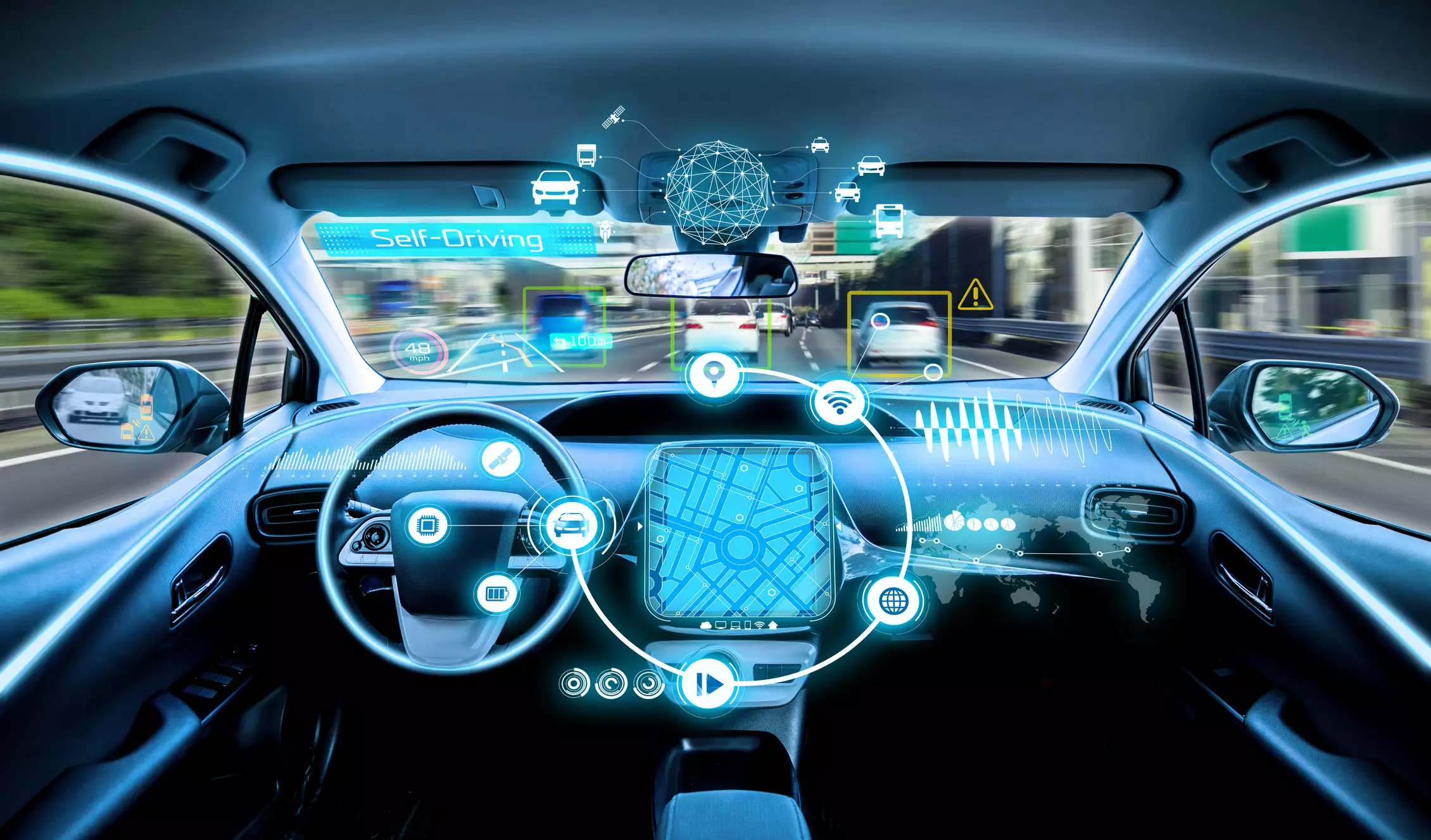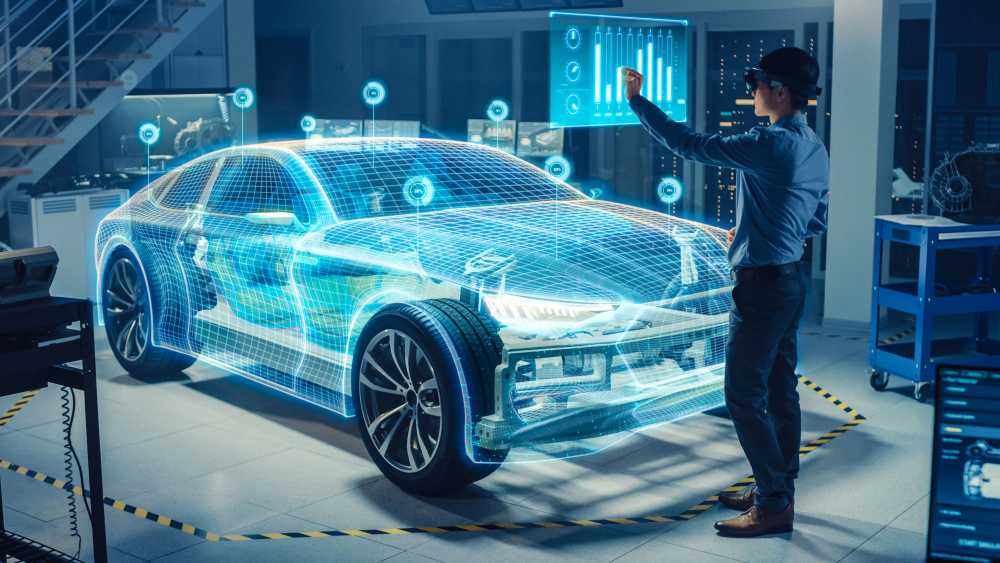Buckle up, folks! We’re about to take a ride into the future of automotive technology. With advancements in AI, electric powertrains, and connectivity, the next decade promises to revolutionize the way we drive and interact with our cars. From self-driving vehicles to personalized user experiences, get ready for a glimpse into what’s on the horizon for automobiles. So sit back, relax (if you can), and let’s explore what lies ahead in this exciting era of innovation.
Introduction to Automotive Technology
The automotive industry is constantly evolving and changing. With new technologies being developed and implemented all the time, it can be hard to keep up with the latest trends. However, it’s important to stay current on the latest advancements in automotive technology, as they can have a major impact on your life.
In this section, we’ll give you a brief introduction to some of the most exciting new developments in automotive technology. We’ll discuss autonomous vehicles, alternative fuel sources, and connected cars. By the end of this section, you’ll have a better understanding of what to expect from the future of automotive technology.
Impact of Automotive Technology on the Environment
The automotive industry is under pressure to reduce its environmental impact. Vehicle emissions are a major contributor to air pollution, and the transportation sector is responsible for a growing share of greenhouse gas emissions.
Automakers are responding to these challenges with a range of new technologies that can improve fuel economy and reduce emissions. Here’s a look at some of the most promising developments in automotive technology:
1. Electric Vehicles
Electric vehicles are becoming increasingly popular, thanks to their low emissions and operating costs. Many major automakers have committed to investing heavily in electric vehicle technology, and it’s likely that electric cars will make up an increasingly large share of new vehicle sales in the coming years.
2. Hybrid Vehicles
Hybrid vehicles combine electric motors with gasoline engines to achieve better fuel economy than traditional gas-powered cars. Hybrid technology is already well- established, and many automakers offer hybrid versions of popular models such as the Toyota Prius and Ford Fusion.
3. Fuel Cell Vehicles
Fuel cell vehicles are powered by electricity generated from chemical reactions between hydrogen and oxygen. Fuel cells offer the potential for very high efficiency and zero emissions, but the technology is still in its early stages of development. A handful of prototype fuel cell vehicles have been developed, but commercial production has yet to begin.
4. Connected and Autonomous Vehicles
Connected and autonomous vehicles are equipped with advanced sensors and computing power that enable them to communicate with each other and
Autonomous Vehicles and Self-Driving Cars
The automotive industry is on the cusp of a major shift towards autonomous and self-driving vehicles. In the next decade, we can expect to see a dramatic increase in the number of these types of vehicles on our roads.
There are many benefits to this shift. Autonomous vehicles have the potential to drastically reduce accidents and fatalities, as well as ease traffic congestion. They also offer new opportunities for mobility for those who cannot or should not drive.
However, there are also challenges that need to be addressed before autonomous vehicles can become mainstream. These include ensuring the safety of these vehicles, developing the necessary infrastructure, and addressing public concerns about privacy and security.
Nevertheless, the future of automotive technology is very exciting. With the rapid advancement of autonomous and self-driving technology, we can expect to see some amazing changes in the next decade.
Connected and Shared Mobility Solutions
As we move into the next decade, automotive technology is evolving rapidly. Connected and shared mobility solutions are becoming more popular and advanced. Here are some of the things to expect in the next decade:
1. Increased connectivity between vehicles and other objects (such as infrastructure and other vehicles). This will enable a variety of new features and services, such as real-time traffic updates, automated parking, and more.
2. More widespread adoption of electric vehicles. This will help to reduce emissions and dependence on fossil fuels.
3. The development of autonomous vehicles. These will be able to navigate without human input, making driving safer and more efficient.
4. The rise of mobility as a service (MaaS). This refers to the bundling of various transportation options (such as public transport, car-sharing, ride-hailing, etc.) into a single package that can be accessed via an app or online platform.

